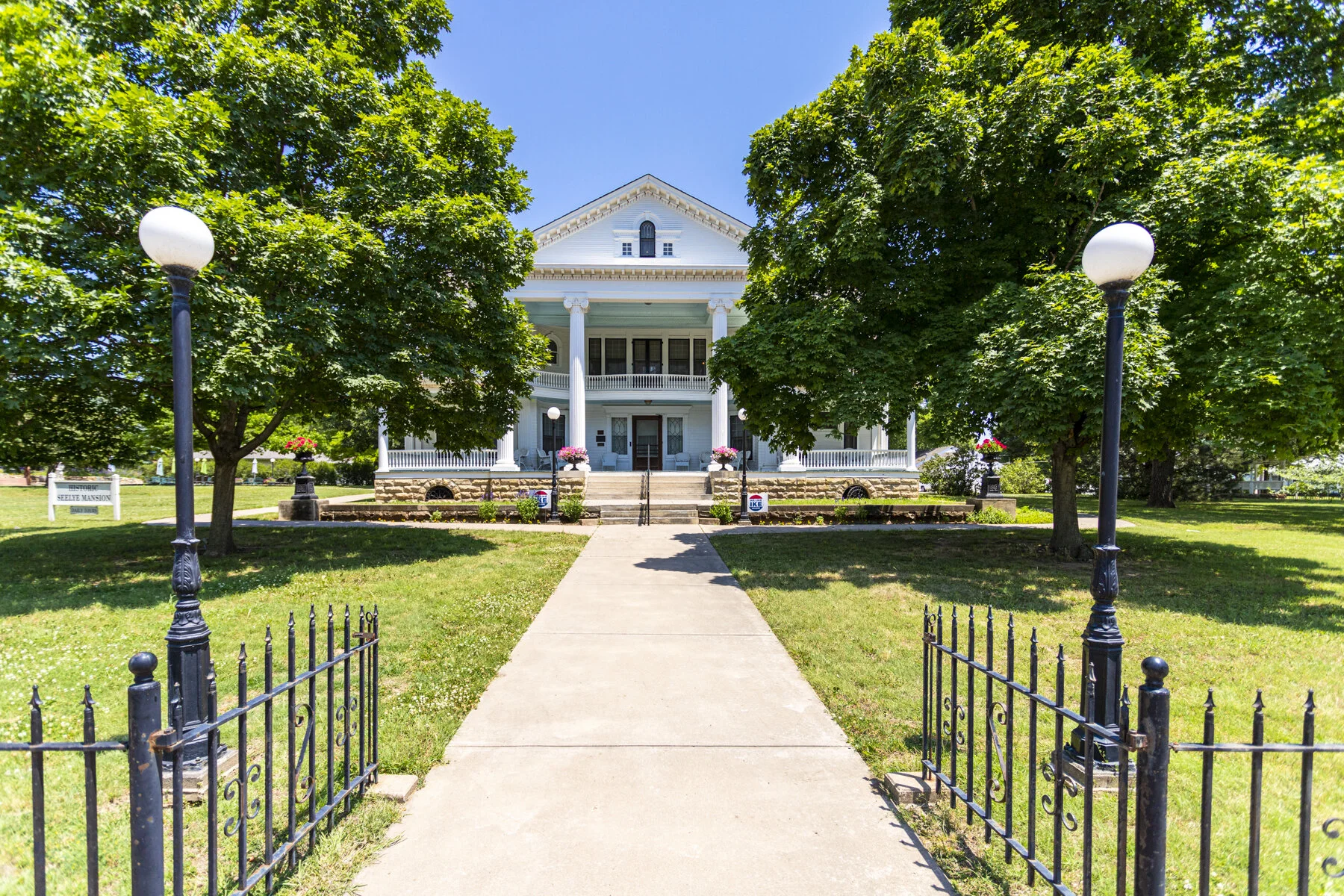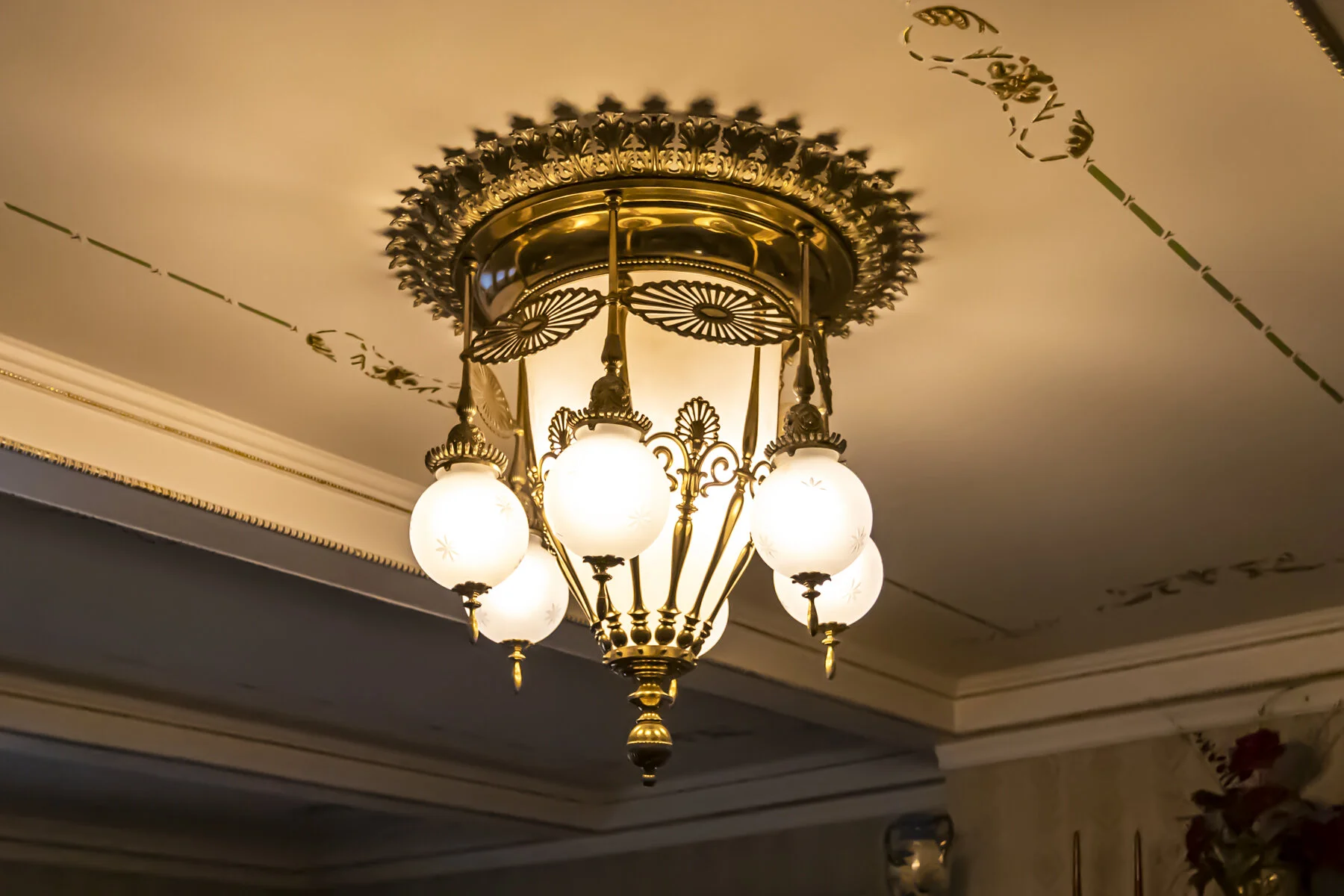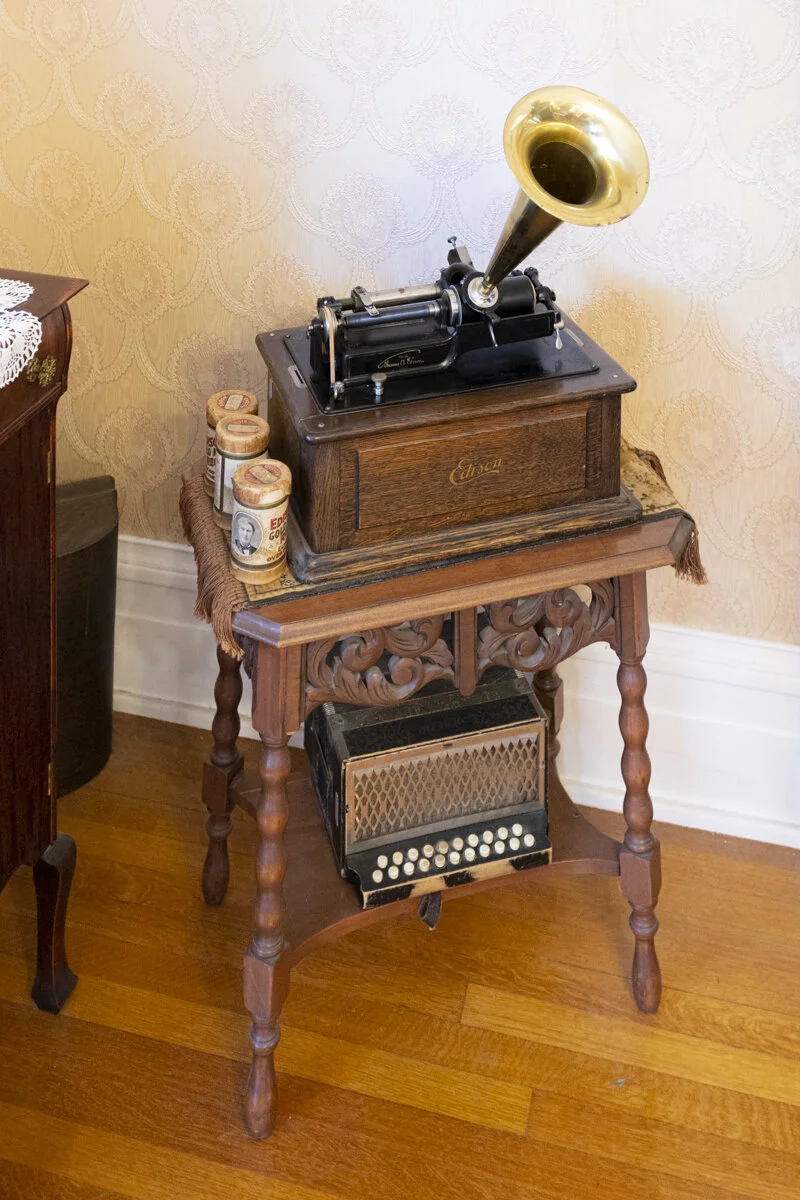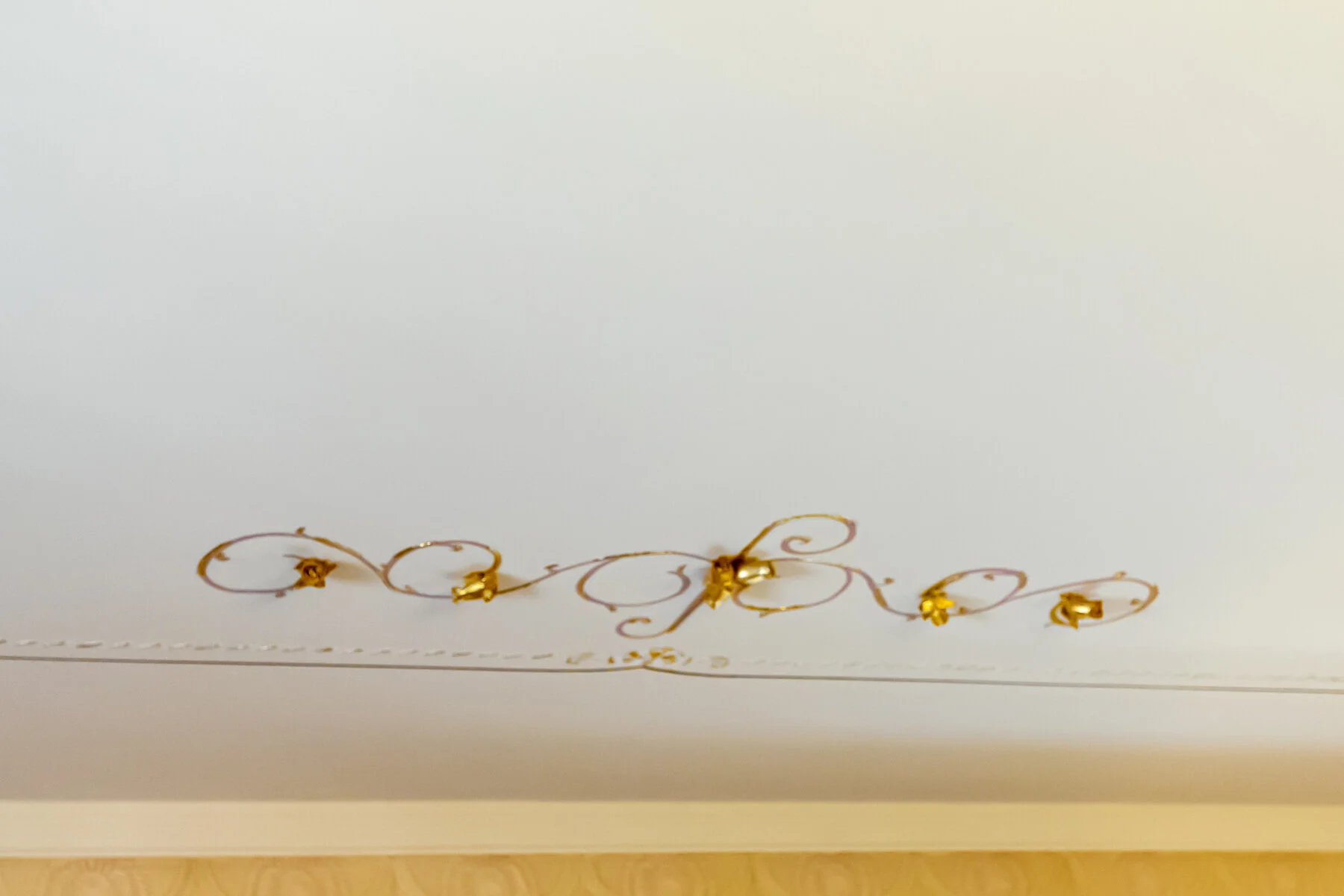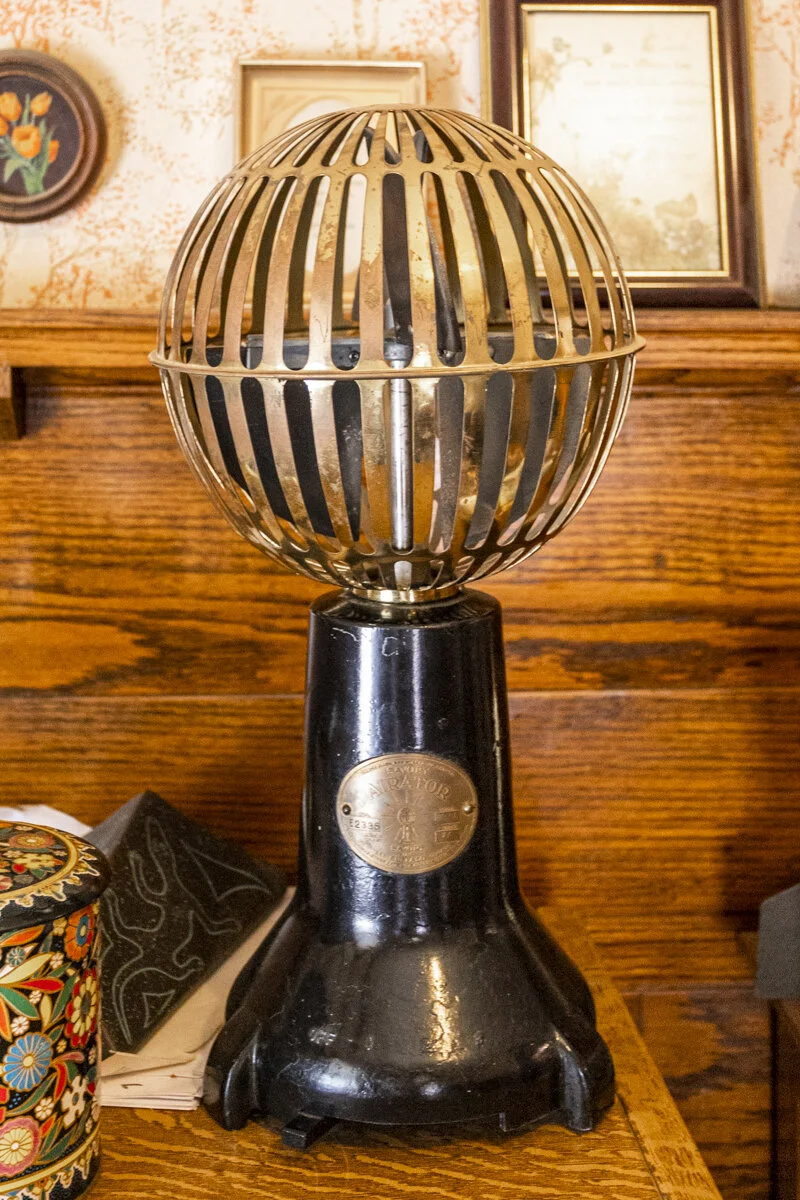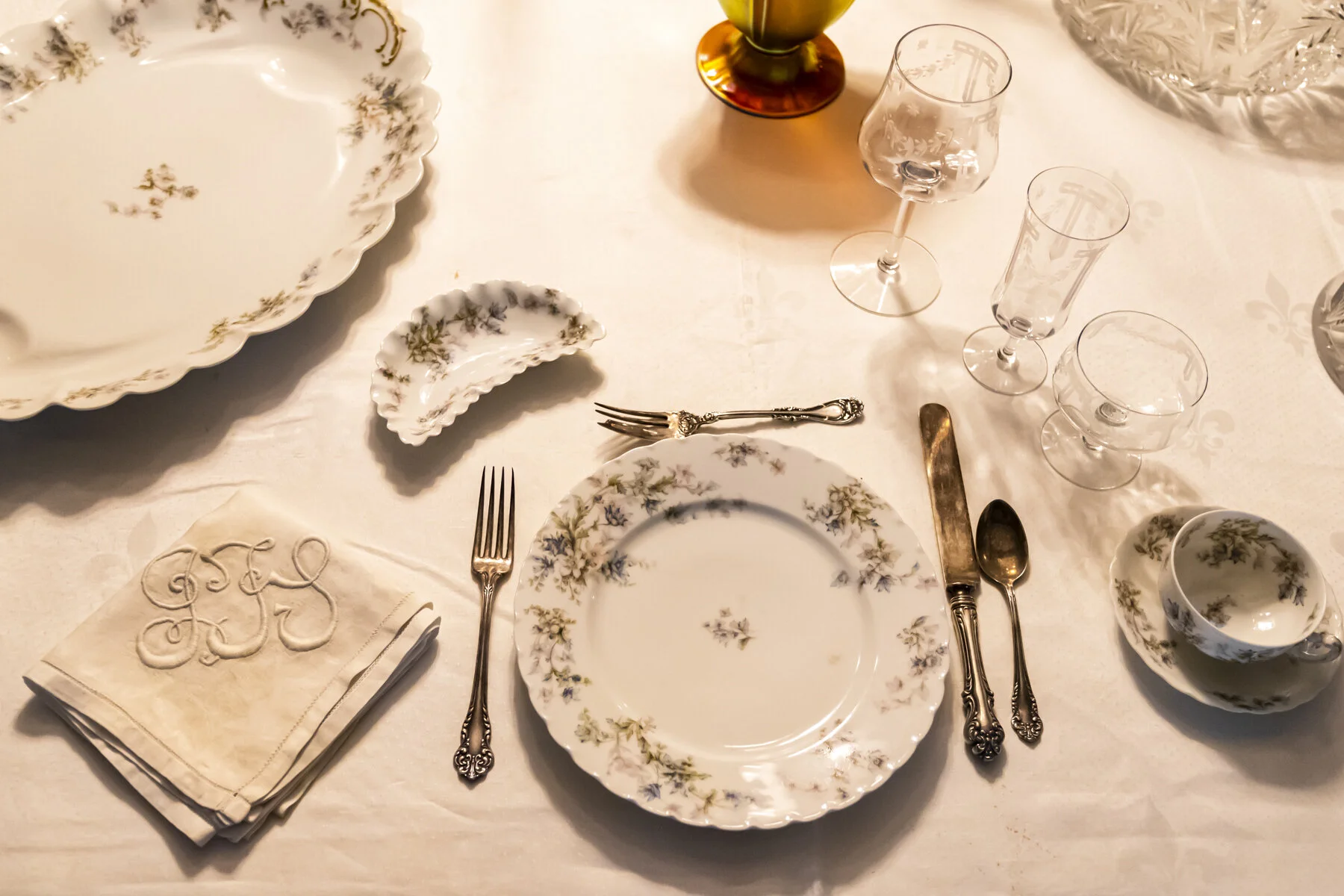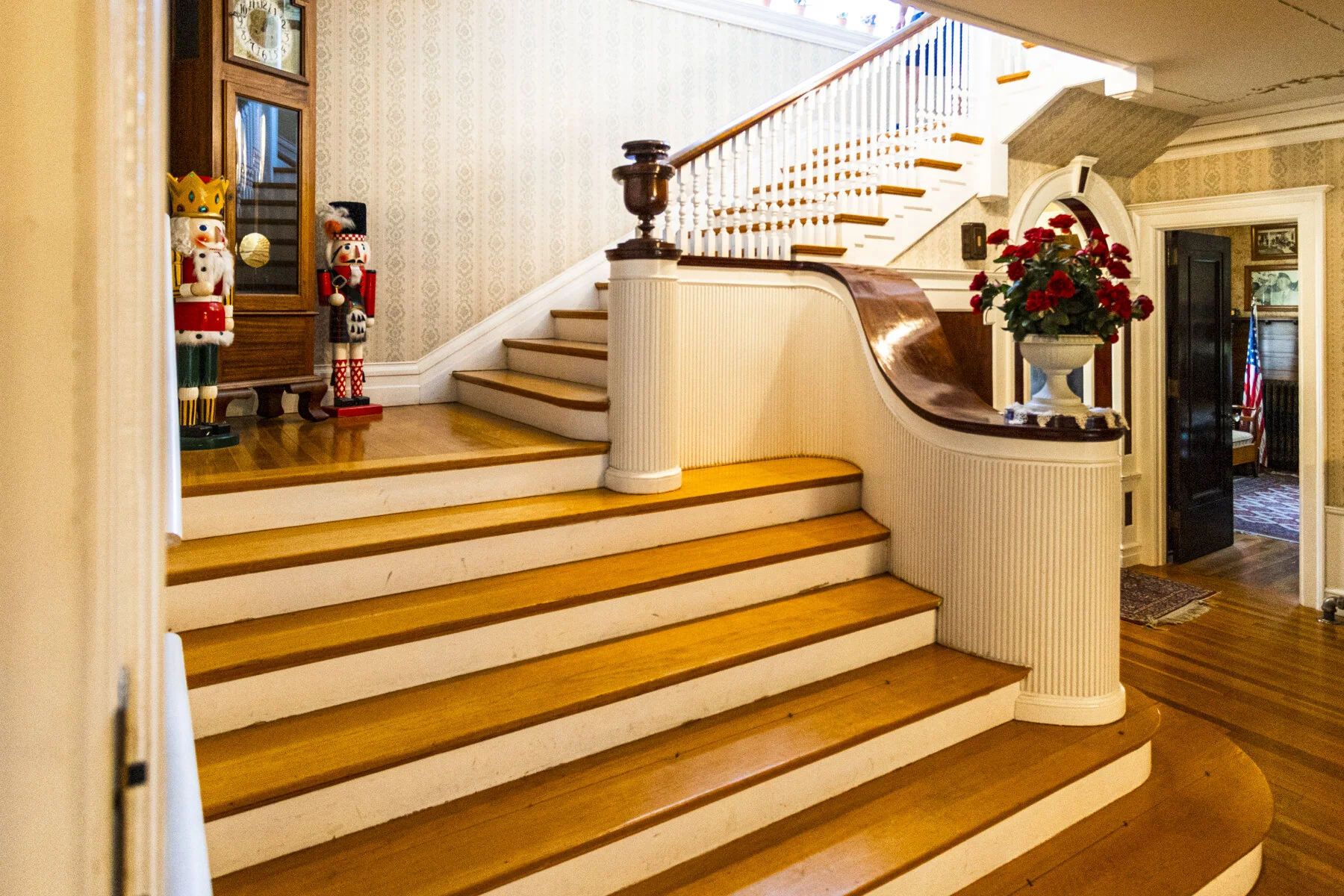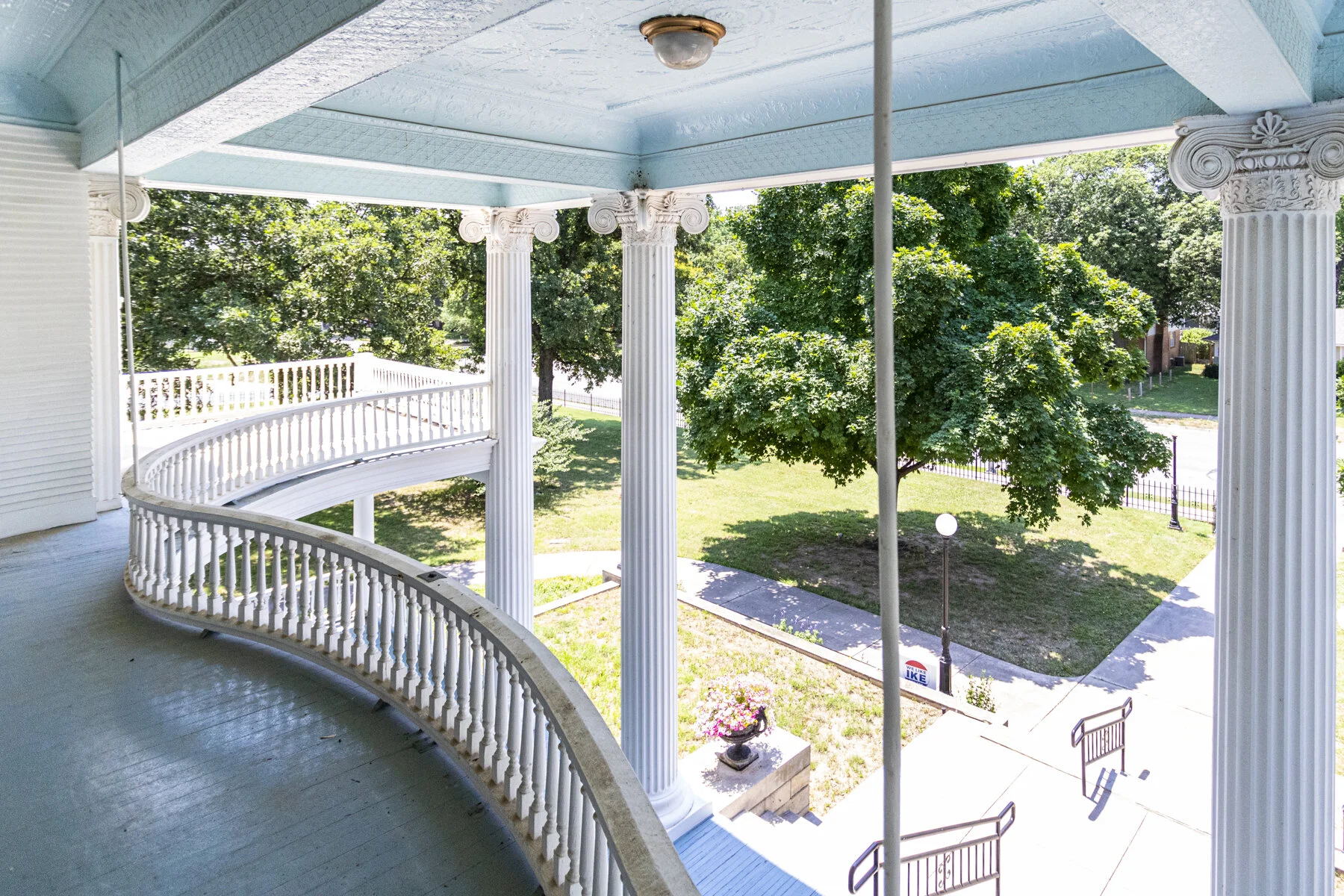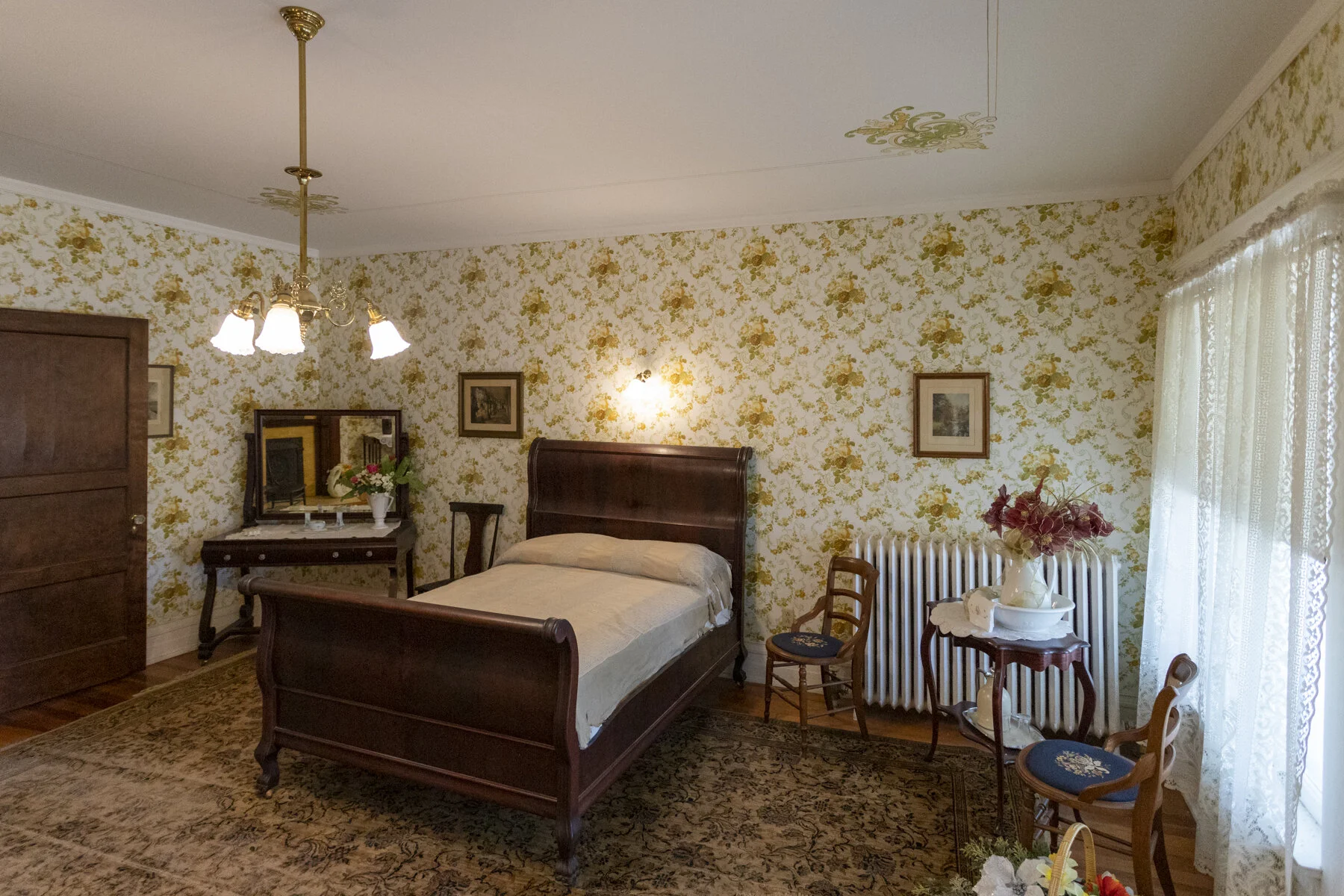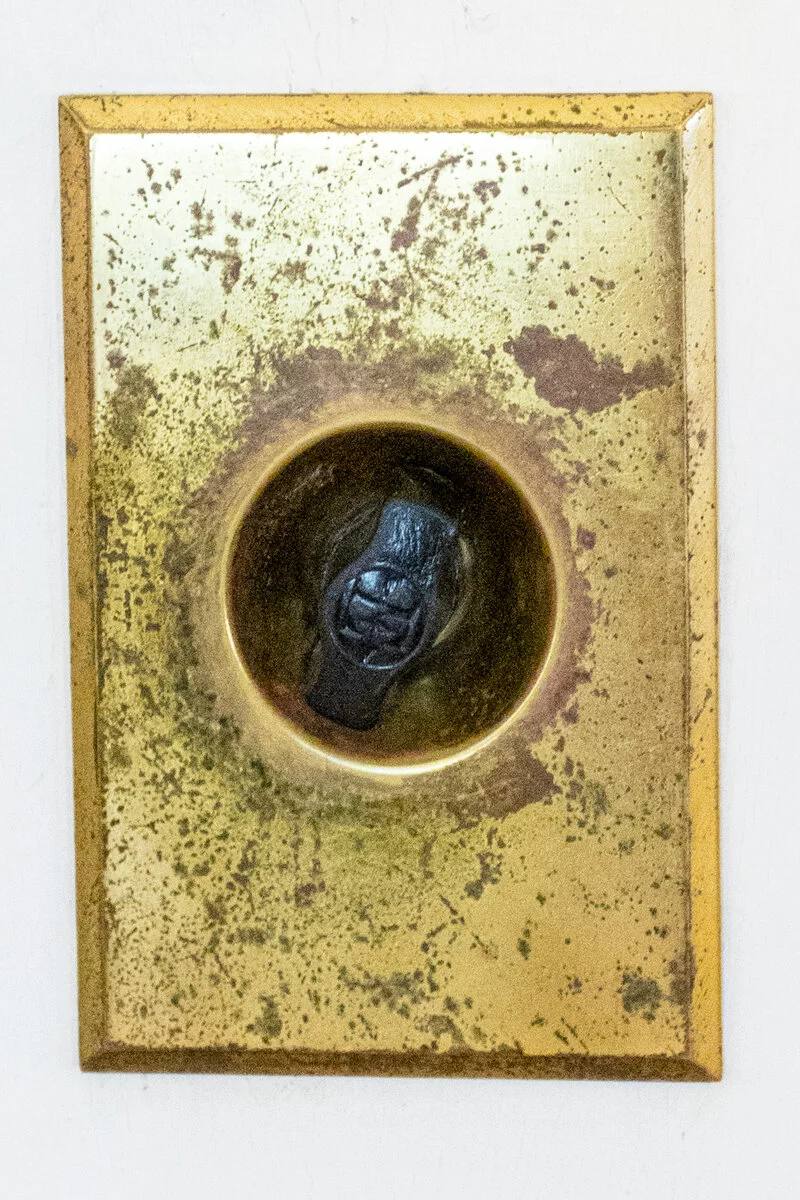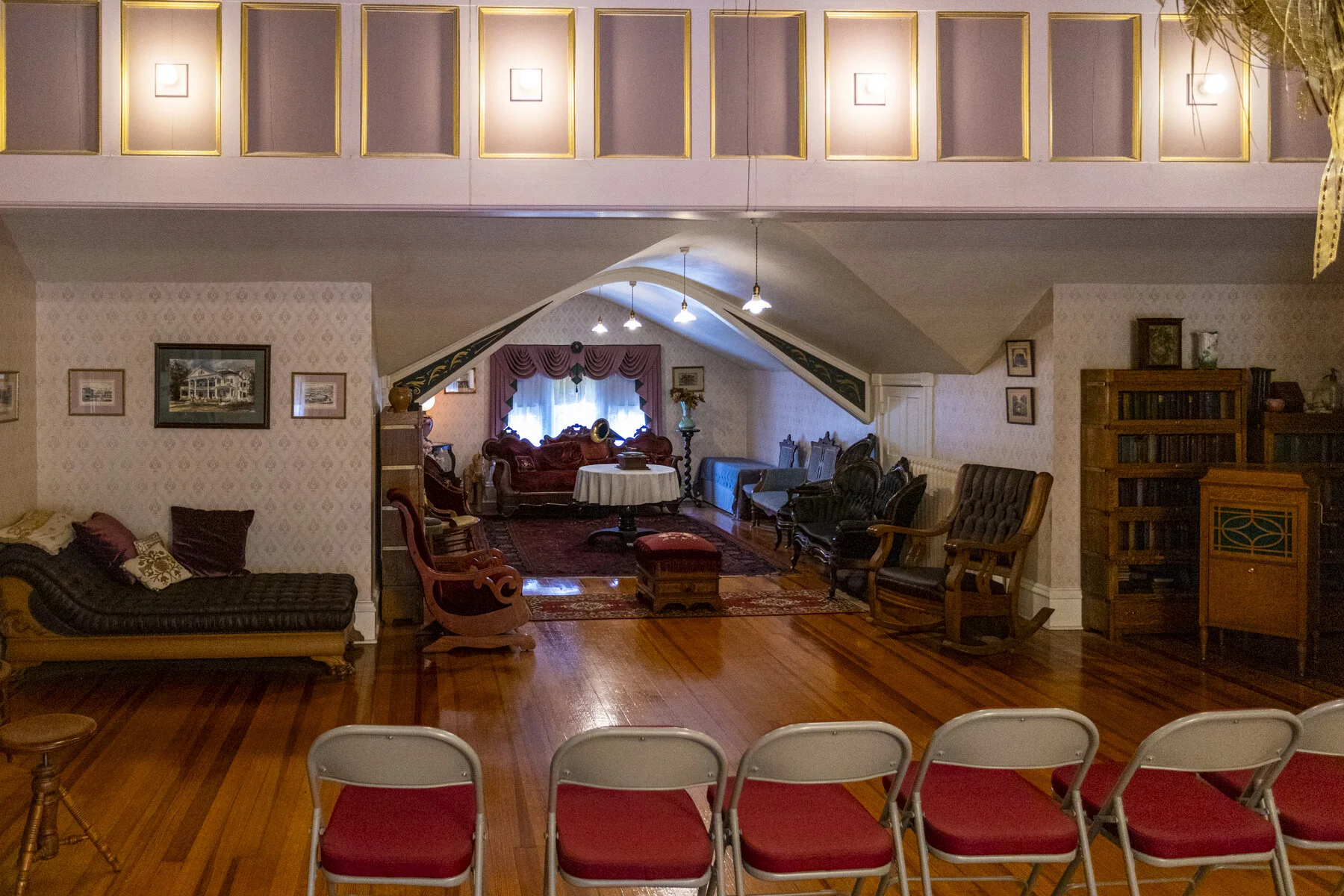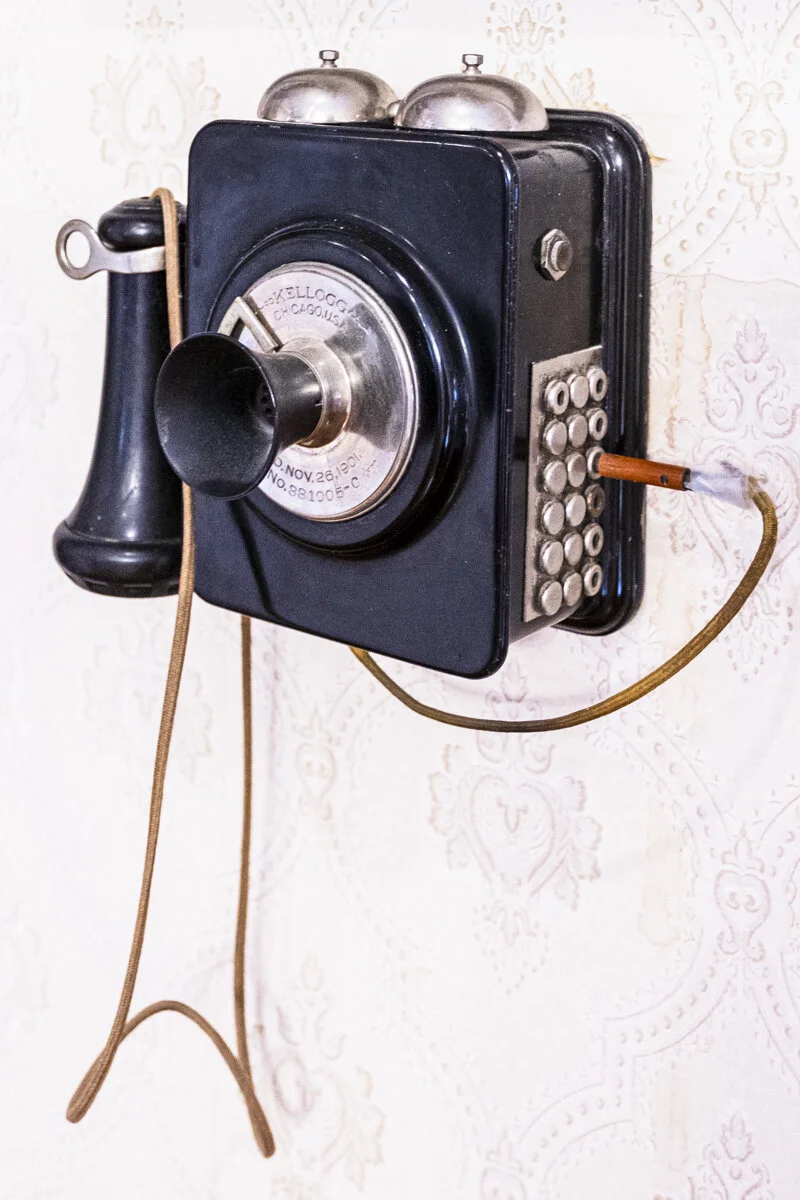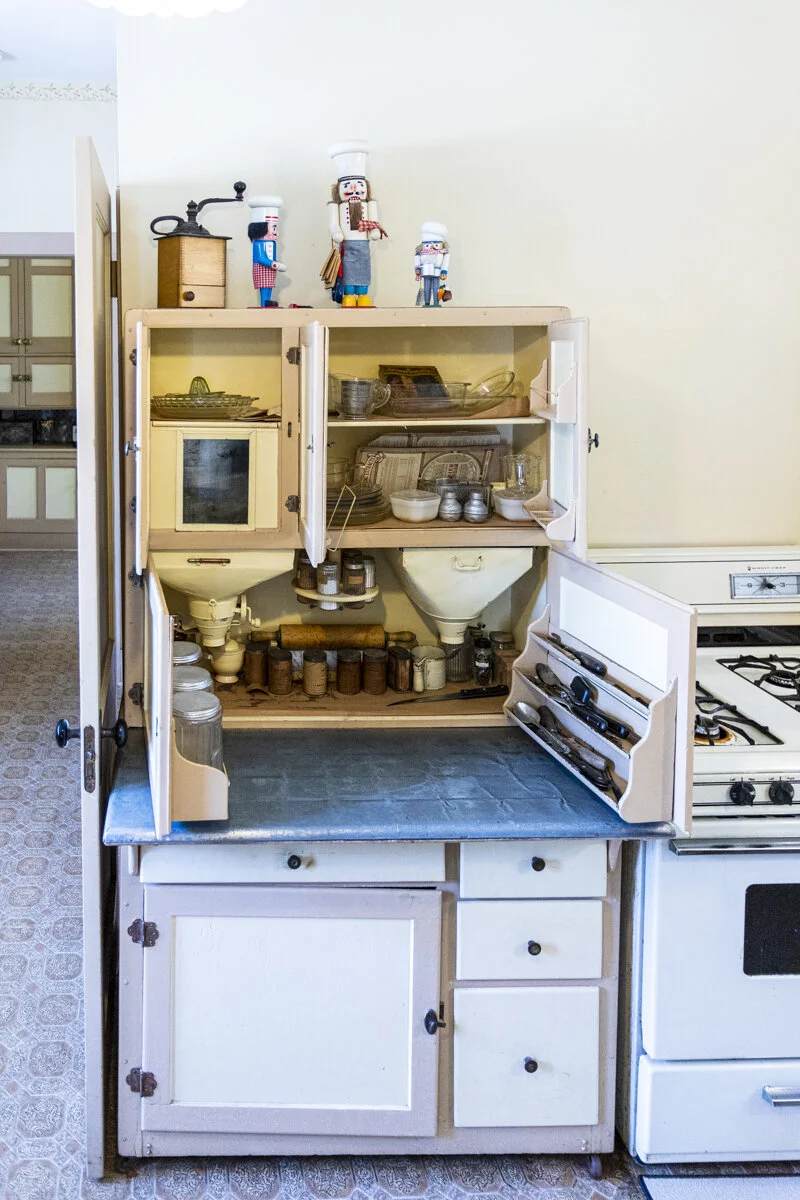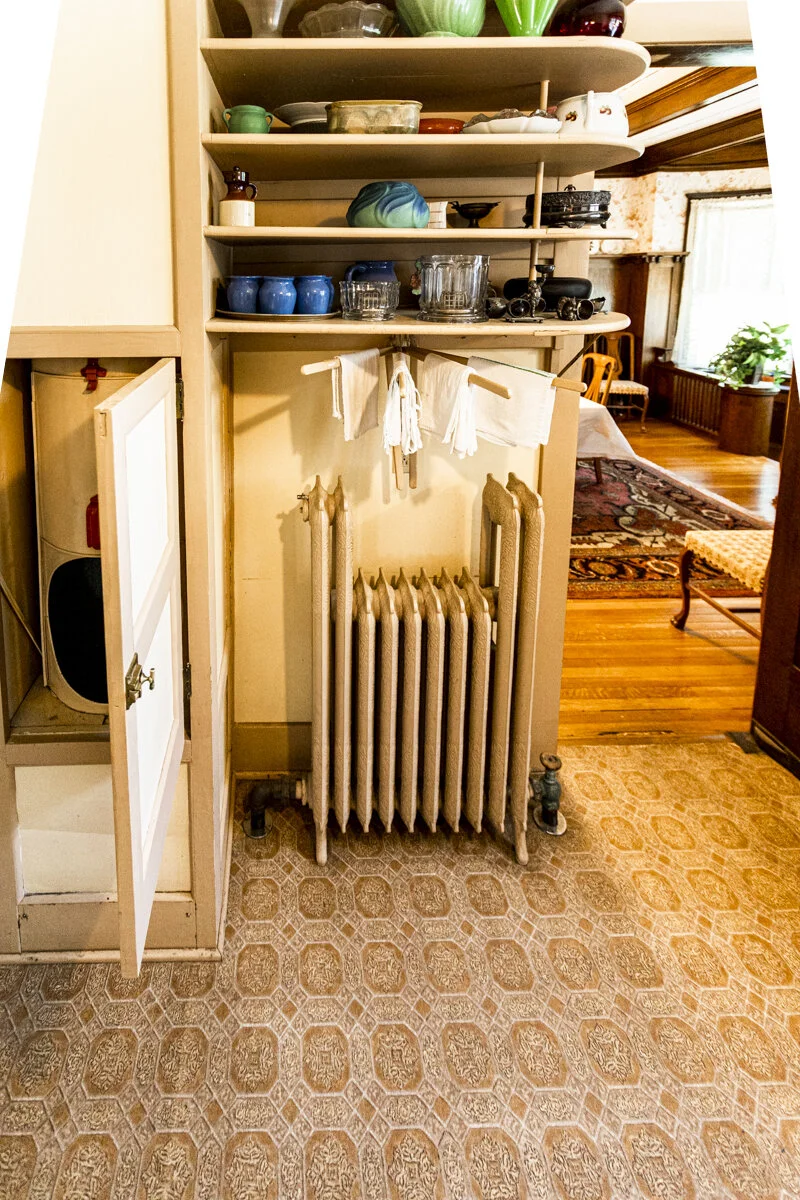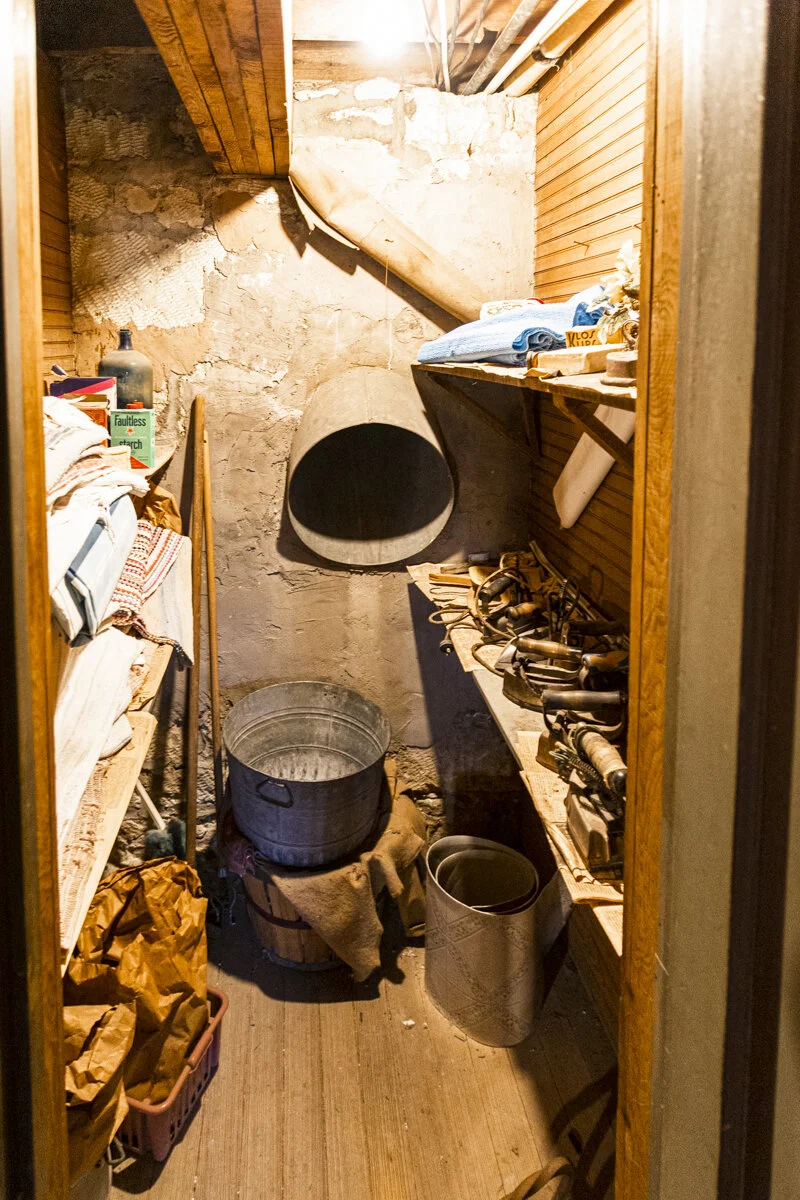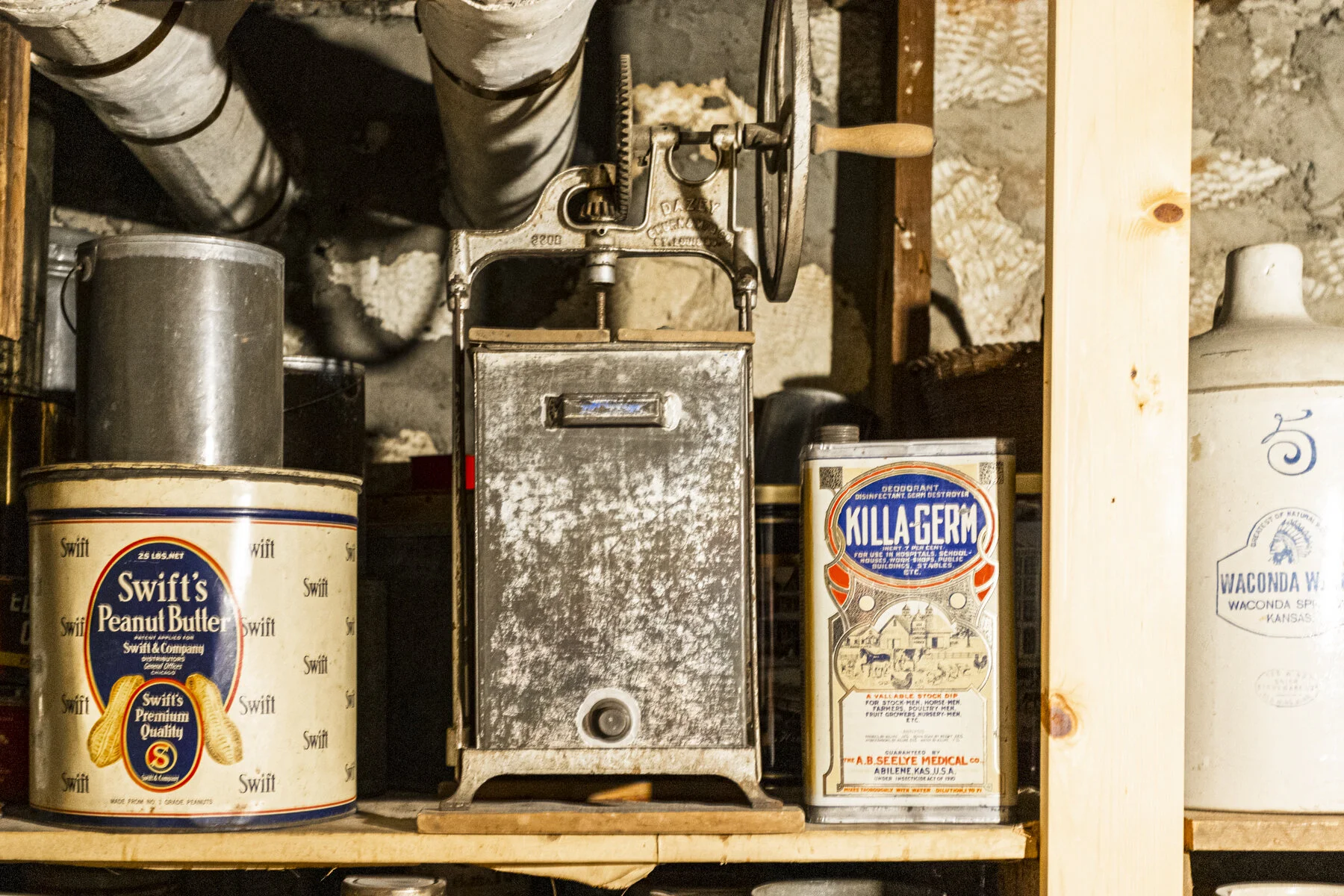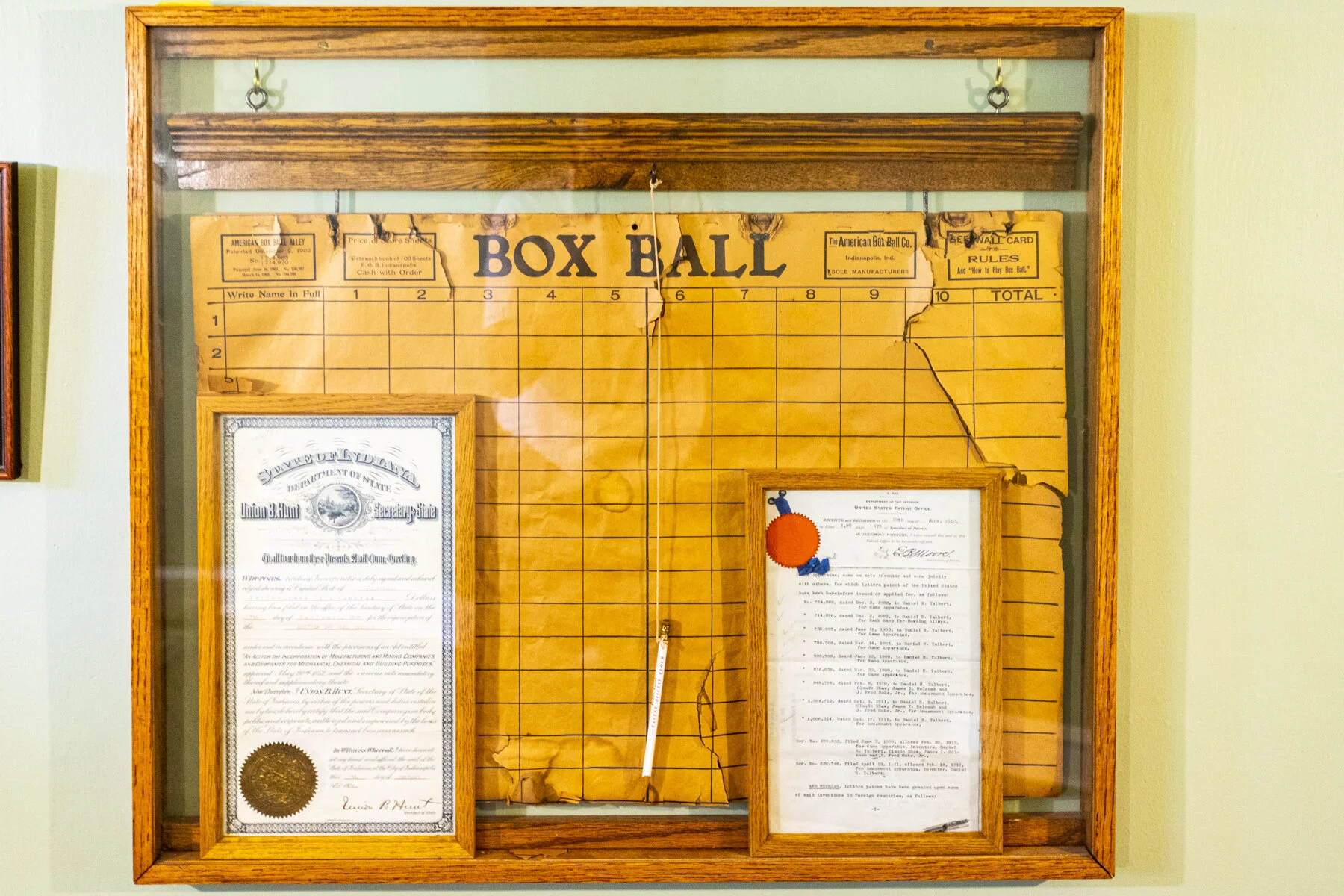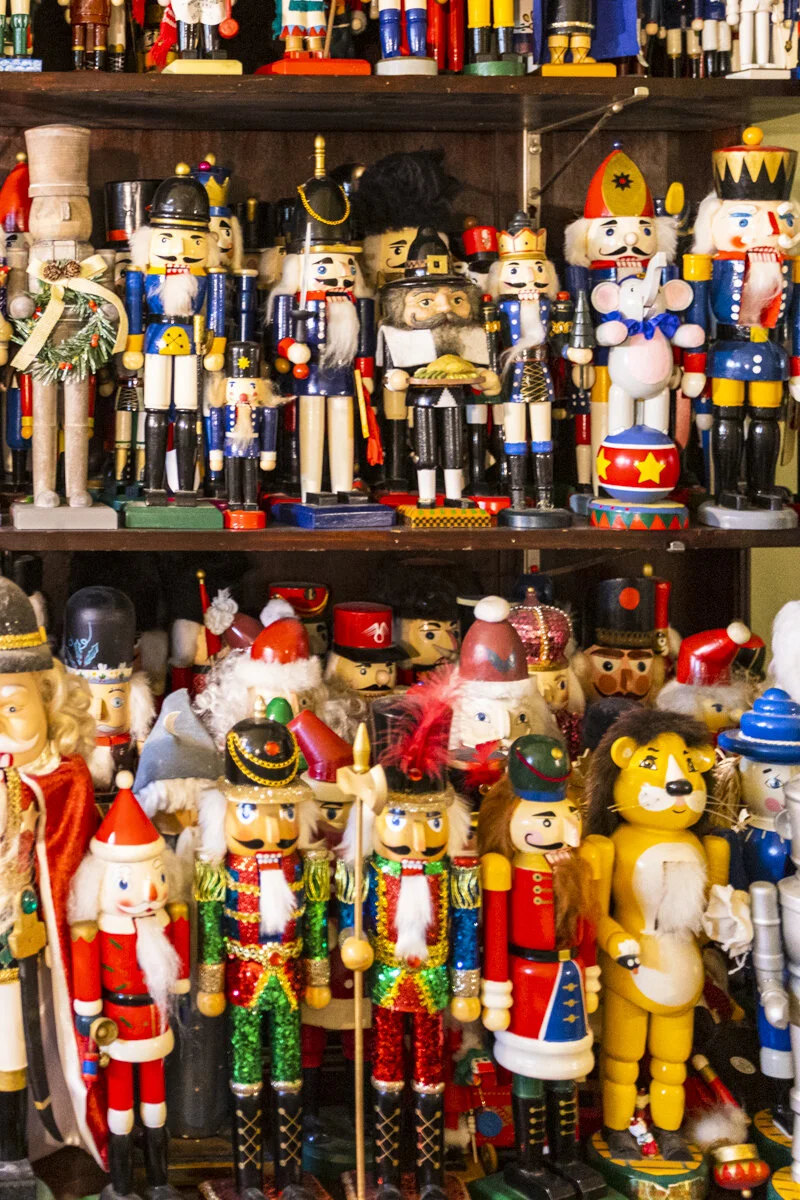
June 18, 2021
SEELYE MANSION
1105 N Buckeye Ave, Abilene, Kansas 67410
“Luxurious 25-room 1905 mansion & gardens featuring period furnishings & original Edison lighting.” - Google
One of the things I love about traveling is finding “hidden gems,” places I had never heard of and only stopped because I had to fill some time. The Seelye Mansion was one of those surprises that had me saying, “WOW!” as I drove away.
Abilene, KS, is a small town in northeaster Kansas known for being the boyhood home of President Eisenhower. His home was south of the railroad tracks running through Abilene, and thus was considered to be on the poor side of town. About 1.5 miles straight north of Ike’s home is the Seelye Mansion, a 25-room Georgian style house built in 1905. Dr. A.B. Seelye owned a patent medicine business, with salesman calling on customers over a 14-state territory via horse and wagon. While the doctor was busy with the business his wife, Jeanette, saw to the building and furnishing the mansion. The mansion features several Thomas Edison designed light fixtures and music machines that still work. Several pieces of furniture were purchased at the 1905 World’s Fair in St. Louis. An interesting feature is a 1905 bowling alley in the basement. The machine, one of only four left in the country, has brought in offers of a million dollars, but for the time being is going to remain in the house.
The Seelye’s had two daughter who were children when the house was built. The daughters never married and continued living in the house until they were in their 90s. The sisters pretty much kept all of the furniture in the same place their mother had originally placed it. Terry Tietjens bought the house from the sisters in 1981 and shared the house with them for several years. Tietjens still lives in the house, but allows people to tour it.
One of the fascinating things about this tour is that unlike most other mansion tours, visitors are encouraged to sit on the furniture, play the Steinway piano in the music room, and try your hand at bowling. There are no ropes or plastic barriers. I could have sat in the chair in the library where Teddy Roosevelt sat. I could have sat in the sette which was built in the mid-1700s. I bowled one frame (three balls) of bowling and scored 14 (see the picture below). Antique lovers would salivate at all of the Haviland china and other pieces throughout the house.
I would love to return at Christmas time when the house is decorated with multiple trees and wreathes. I’m sure it is beautiful.
The Seelye Mansion
The Seelye Mansion from the front gate.
The Edison light fixture in the main hall.
The Steinway piano bought at the 1905 St. Louis World's Fair.
The Edison Phonograph. It still works.
Part of the ceiling decoration. When Frank Lloyd Wright was hired to remodel the house in the '20s he called these "cobweb catchers" and had them all removed. Local artists were hired recently to restore them.
A chair in the library that Teddy Roosevelt once sat in.
The Victrola in the parlor. It still works.
A table in the parlor. The daughters loved dogs and once had 10 of them, but when they didn't take care of them they had to switch to ceramic dogs instead of live ones.
A fan in Dr. Seelye's office which circulates the air upwards so as to not blow the papers on the desk around.
One of the place Haviland place settings.
The steps in the main hall leading to the second floor. There were three floors plus the basement.
The view from the huge second floor balcony, which is accessed only from the guest bedroom.
The main guest bedroom (there were eight).
An Edison light switch. You can see an "E" on the black knob. To operate you rotate or turn the knob to the right, thus the origin of "turn on the lights."
A second guest bedroom.
The ballroom on the third floor. The alcove that now has furniture would have been where the musicians sat.
A pump organ in the ballroom. One of five (I think) pump organs in the house.
The intercom system and also a telephone.
An Edison electric iron. Notice that to gain power the plug had to be screwed into a light socket. (See next picture)
When Mrs. Seelye complained to Edison about having to iron in the dark, he installed a light socket in the wall to accomodate the iron.
The pantry in the kitchen.
One of the stoves in the kitchen.
One of the fascinating innovations I had not seen before was this radiator with the shorter pieces in the middle so a box could be placed to keep the bread warm in the winter.
The laundry shoot outlet in the basement.
A 25-pound tin of peanut butter on the left. In the middle a butter churn. And a can of Seelye's Kill-A-Germ.
The bowling alley. This machine, the forerunner to Skee Ball, is one of only four left in the country. The mansion has been offered $1 million for it. There are five "pins" with point values listed above. When a ball hits them they flip up. A ball can hit at most two pins, thus a frame is made up of three throws. When one person is done bowling, a lever releases the pins, and the machine is ready for the next bowler.
The official name is "Box Ball." A game consisted of 10 frames.
Here is the result of my three throws. I scored 14 points, which the tour guide thought was really good. It was just beginners luck.
A small sample of the Christmas Nutcrackers in storage in the basement.
The lily pond in the backyard.



